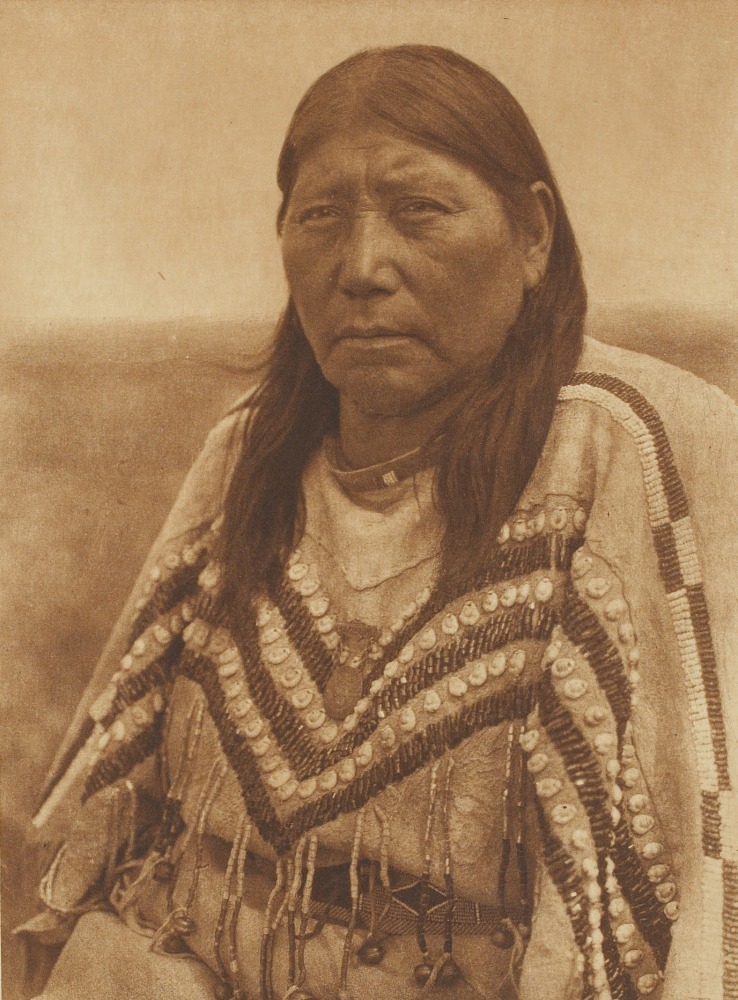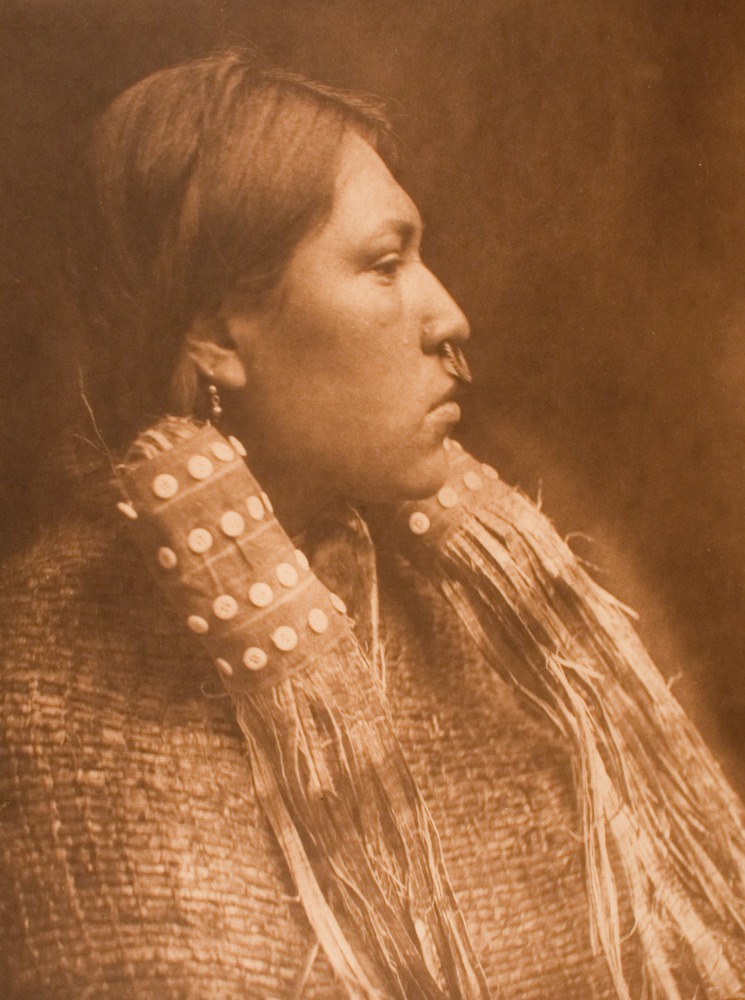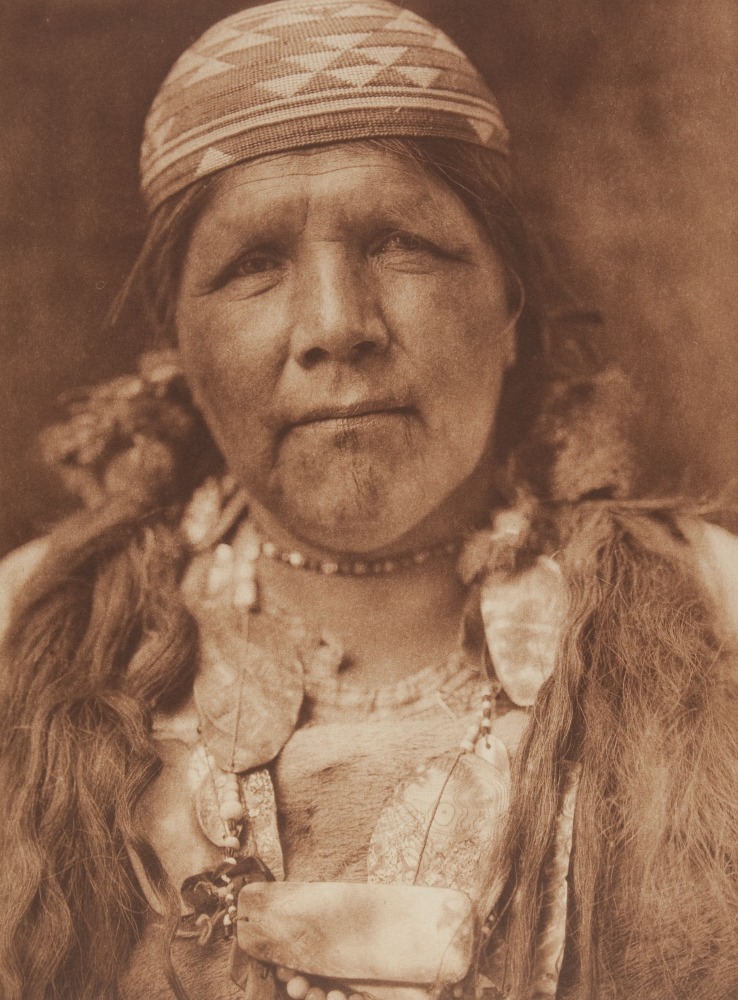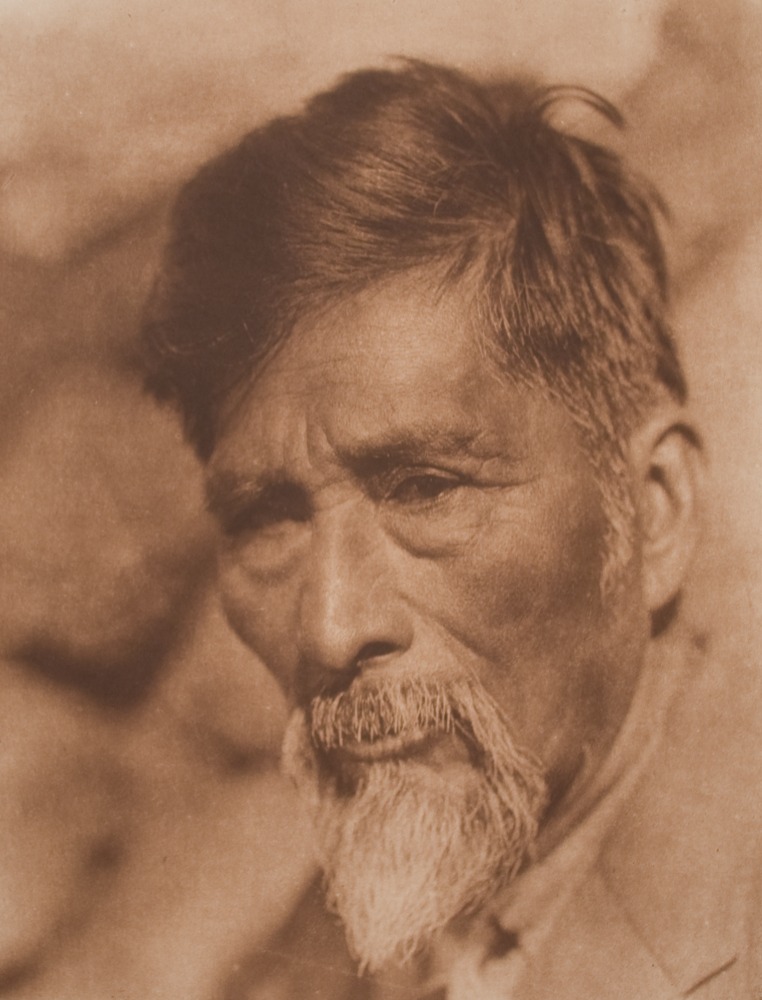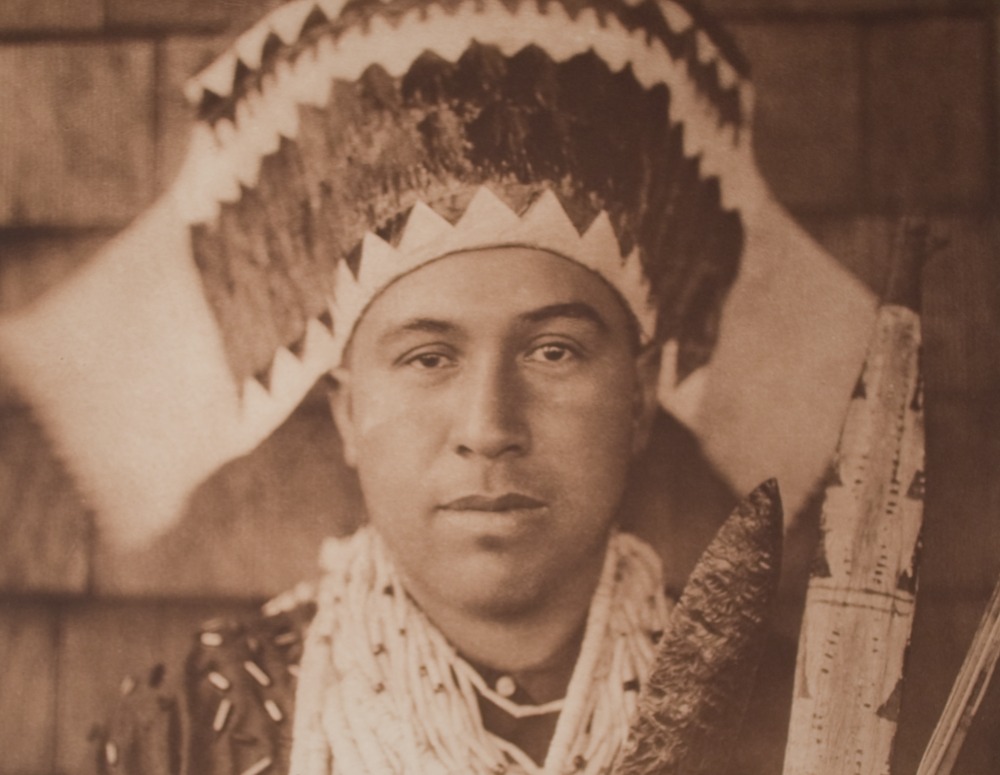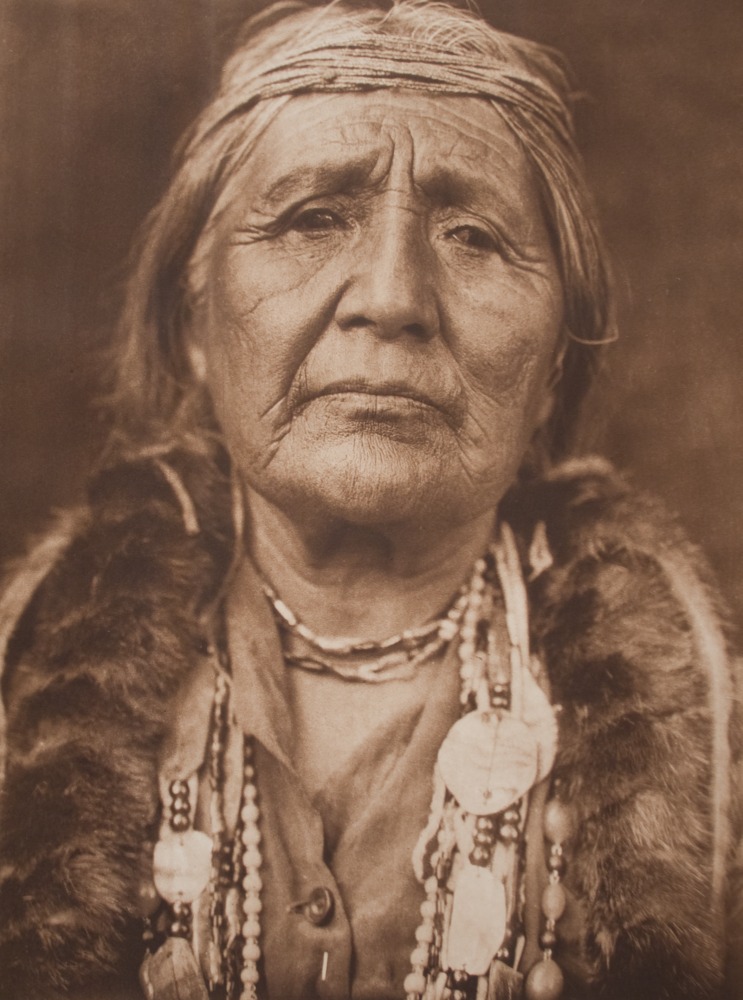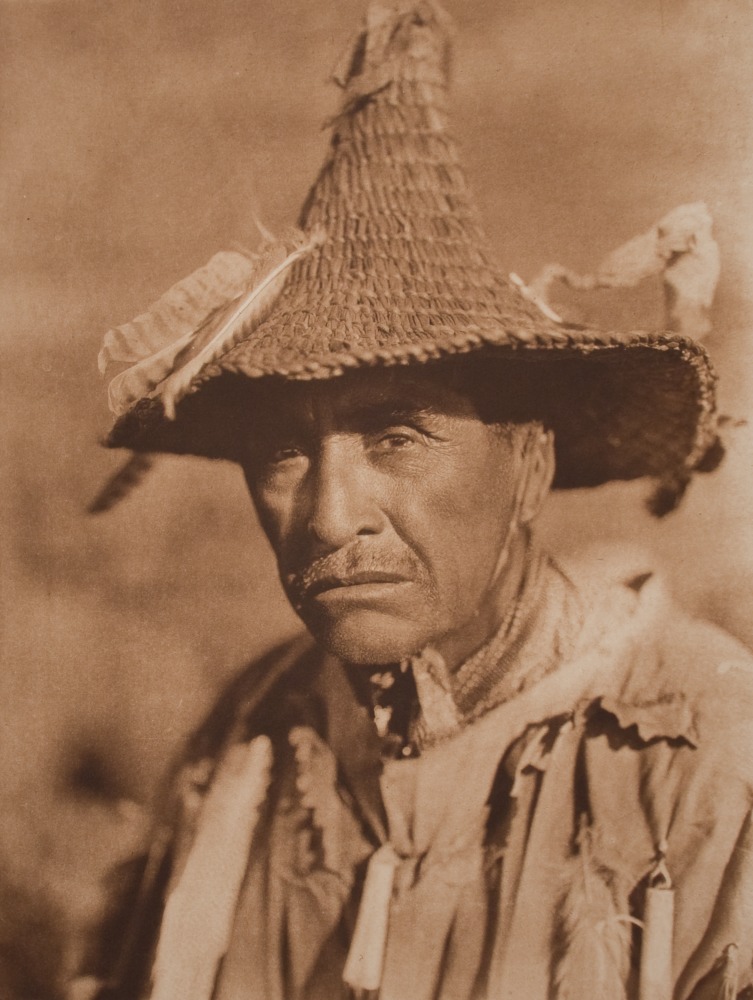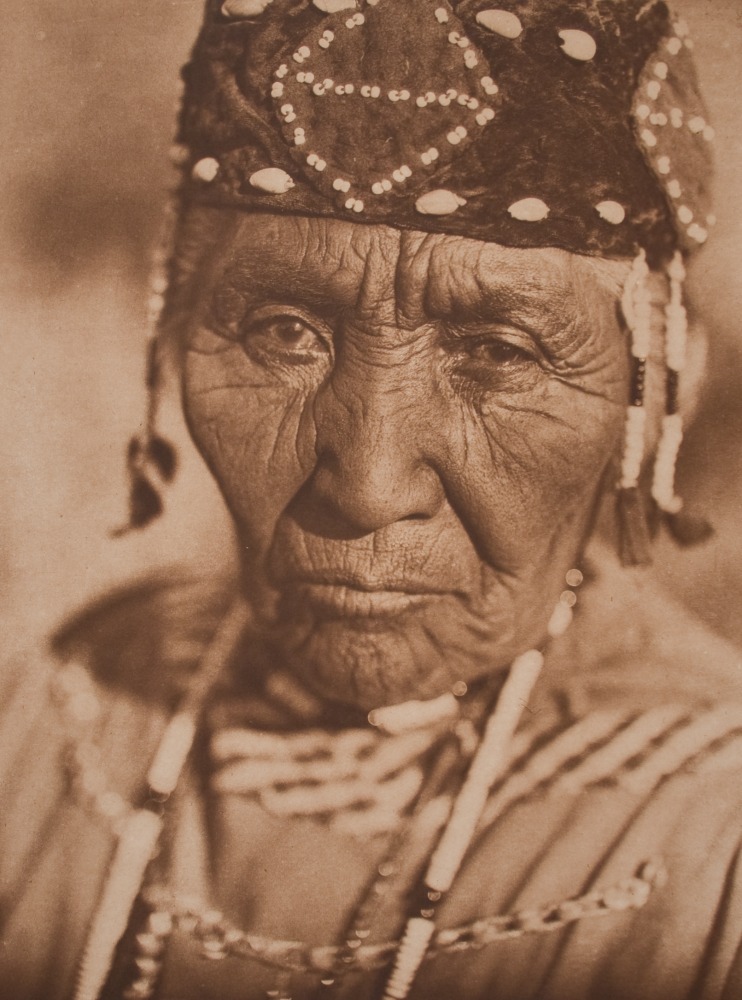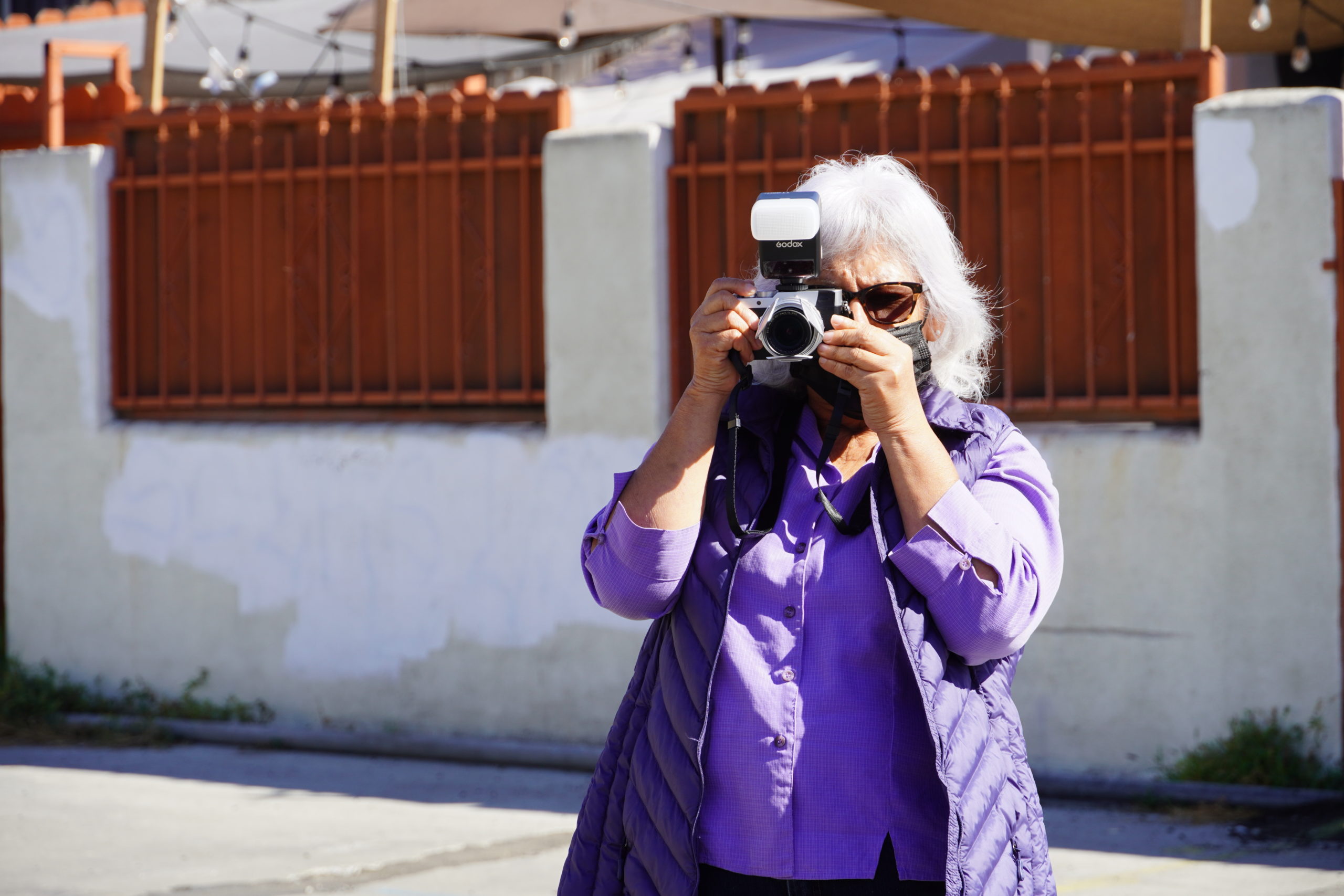MOPA acknowledges its presence on and continued occupation of Kumeyaay land. The museum respects the ancestral tie of the Kumeyaay […]
MOPA acknowledges its presence on and continued occupation of Kumeyaay land. The museum respects the ancestral tie of the Kumeyaay people to this region and seeks to honor those connections both past and present.
Edward S. Curtis (1868-1952) was an American photographer best known for his images of native communities in North America at the turn of the 20th century.
Born in Wisconsin, Curtis and his family later moved to the Pacific Northwest where he soon started his first photography studio. After an encounter with a team of researchers near Mount Rainier, Curtis became involved with early ethnographic expeditions which sought to document native communities in North America. His first major assignment came in 1900 with an invitation to accompany a team to survey and document the Blackfoot Confederacy in Montana.
In 1906, the photographer received a commission by the financier J.P. Morgan to embark on what would become known as his signature work: The North American Indian. In total, the project spanned nearly twenty years of the photographer’s career and produced 40,000 images picturing over 80 different tribes. Many of these images are now part of museum collections, private holdings and publications, and they continue to inspire conversation and debate.
When Curtis’s legacy is considered through a contemporary lens, his work is a lesson on representation in photography. While his images at first glance may appear as a straight-forward document of the people he encountered, he was also known to alter them or stage subjects for dramatic effect in order to reinforce a particular narrative of native communities.
The following images are not intended to be a true or accurate representation of a particular tribe, community or territory. Rather, they are an individual’s interpretation of the changing landscape of the American West and of those who have always called it home.
